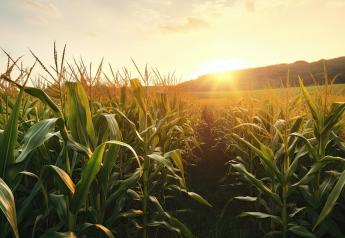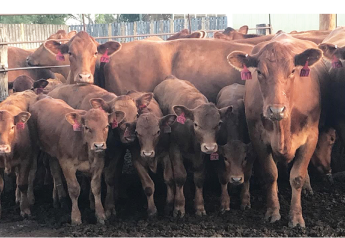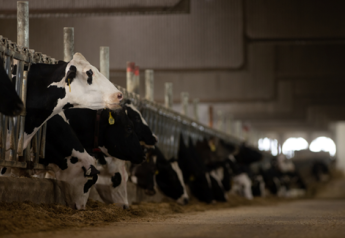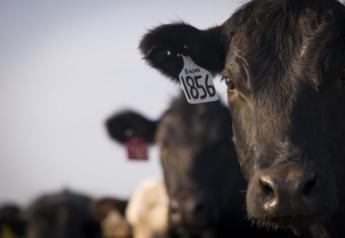Don’t Wait on Winter Cow Nutrition Preparation
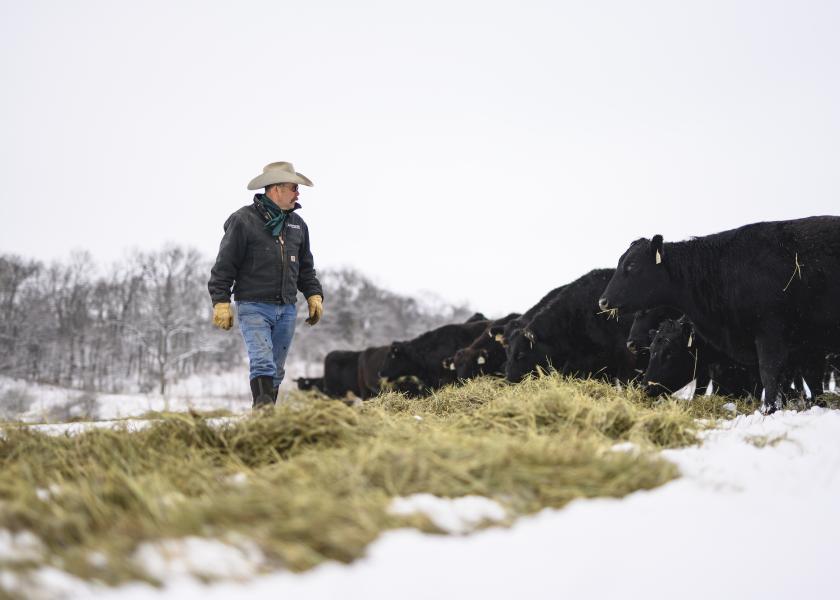
The onset of winter brings an end to the forage growing season and grasses go dormant, becoming dry and brown, which typically prompts the start of feeding stored forages or supplements.
Regardless of whether forage quantity or quality is the first limiting factor, you should implement a supplementation strategy before your cows’ body condition score (BCS) starts to slide.
Dropping body condition is a lagging indicator of forage conditions — in other words, lost BCS means you’re already behind the eight-ball. When cows start to fall below BCS 6, it can negatively impact reproductive outcomes, so it is important to stay on top of nutrition and maintain body condition.
1 Evaluate forage
The first step in developing a supplementation strategy is evaluating available forages. A thorough forage evaluation will help you accurately budget your winter-feeding program for both forage availability and overall cost.
If forage quantities are lacking, reduce herd numbers or plan to use a supplement alongside forages.
After you have a forage inventory, test your stored forages for quality. With forage test results in hand, your nutritionist can help match different forage qualities to the appropriate class of animal and production stage. Your nutritionist can determine how much forage is necessary to meet animal requirements — taking the guesswork out of over- or under-feeding hay or silage, which can be costly.

Work with your nutritionist to determine the quality of your hay and the right supplement for your farm or ranch.
A forage test can also help identify if different classes of stored or grazed forages require additional protein or energy supplementation:
Hay: Knowing if protein or energy is the first limiting nutrient is important. We often look at the protein value to determine hay quality. However, with cool-season forages, 8% crude protein or more isn’t uncommon, so energy is usually the limiting nutrient for late-gestation cows.
Silage: Protein supplementation is often required, especially with grain-based silages such as corn.
Grazing or feeding crop aftermath: Protein supplementation is also necessary, particularly with corn stalks.
Sampling standing forage is difficult. Most pasture, especially native range environments, have several forage species with a varying preference by cows across the grazing season. Variability makes it complicated to get an accurate picture of forage quality. Be prepared to feed supplemental protein and energy when grazing standing forage in the winter, especially if the forage is lower than 8% in crude protein.
2 Pick a supplement
Supplemental protein and energy come in a variety of delivery methods, each having pros and cons.
Liquids, blocks and tubs:
Pros:
- Best suited to supplement adequate quantities of marginal or poor-quality forages.
- Blocks and tubs are convenient because you don’t need to physically feed animals daily; you can deliver the nutrition as needed.
- Can be used in expansive range environments where it might be difficult to track down the herd for feeding.
- Strategic placement can help improve grazing distribution, extend grazing time and provide uniform access to the herd.
- Liquid supplementation can be cost-effective on large acreages.
Cons:
- These are not as effective for stretching or replacing forage shortages; these products work to improve forage digestibility causing forage intake to increase, so adequate supplies of forage are still important.
Grains, meals and cubes
Pros:
- Can easily and accurately adjust the amount of supplement fed.
- Moderate fiber and energy supplements can extend grazing days before the start of hay feeding.
- Can work as a balancer for grains.
Cons:
- Might require equipment to deliver; calculate the total cost of the supplement program, including equipment and labor, delivered to the cow.
- Additional time commitment each day that requires labor to feed cattle.
Which supplemental feed you choose will depend on your situation. A large-acreage ranch with plentiful labor is more likely to call for a different supplement strategy than a small-acreage farm with minimal labor. Work with your nutritionist to determine the right supplement for your farm or ranch.

Having mineral available year-round is always a good idea, particularly in the winter when forage quality is low and cattle nutrition needs are high.
3 Don’t forget mineral
Forages rarely provide all the macro- and microminerals needed, so it is important to include mineral as a part of your herd’s nutrition program.
It’s best to use mineral year-round, but winter use is imperative. Fall calving cows are lactating and feeding a growing calf. Spring calving cows are entering their last trimester, when mineral requirements are increasing for the fetus, and cows are preparing to produce high-quality colostrum.
Select a quality mineral that provides adequate levels of macro- and microminerals to support cows’ high winter requirements. Using a weatherized mineral is also beneficial during winter, when rain, snow and sleet are likely.
Putting together a winter supplementation plan requires careful planning. Work with your nutritionist to develop a strategy that fits your forages and herd.
N.T. Cosby, Ph.D., is a cattle nutritionist at Purina Animal Nutrition.




